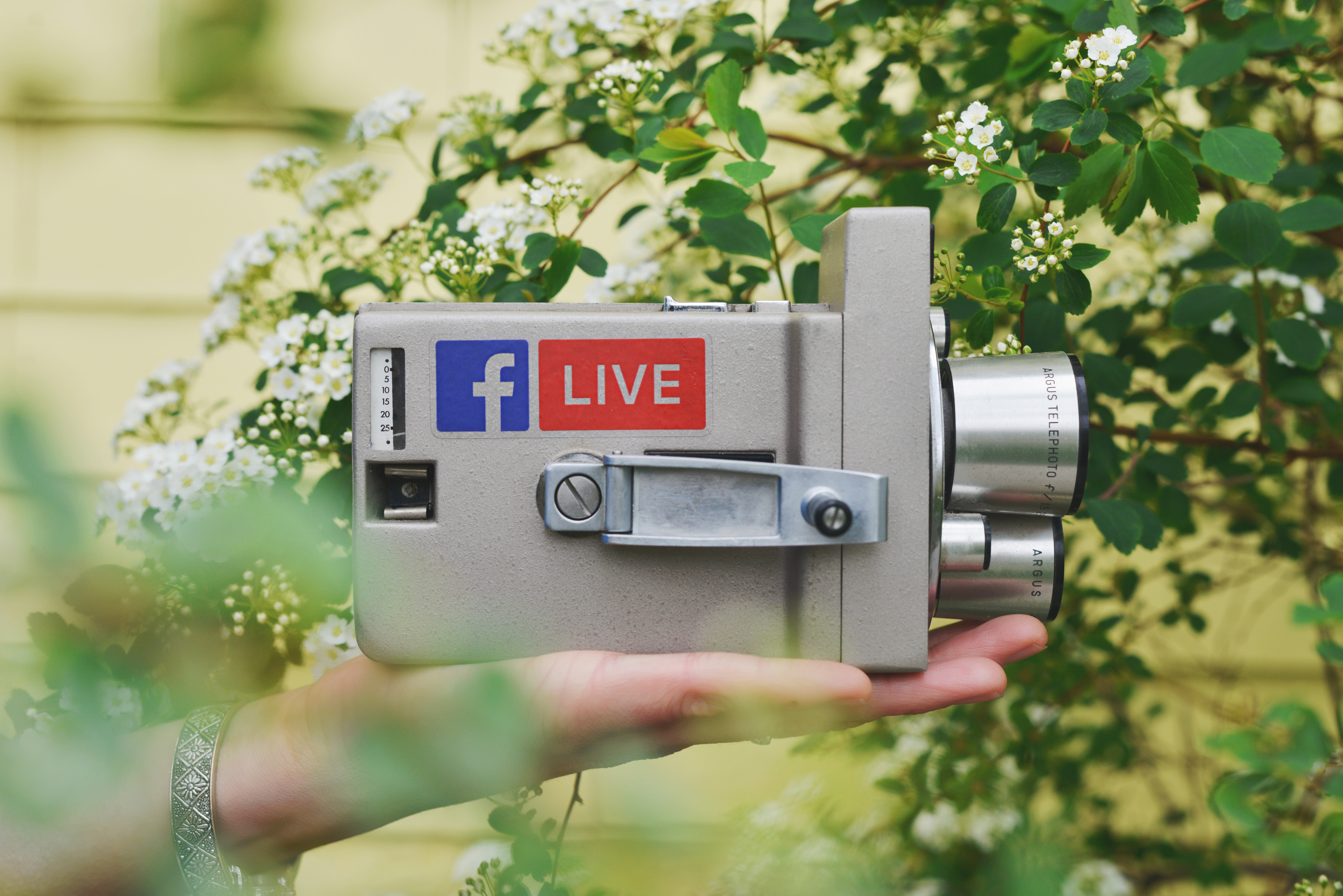You already have an online presence. You might as well curate it.
The online engagement of the scientific community with a wider audience of colleagues, stakeholders, and the general public is increasingly important in an age of globalizing virtual platforms and transdisciplinary innovation. Many scientists already use social media to some extent to communicate with their colleagues, but generally do not engage the public or media. However, the resources to do scientific journalism are limited and social networks offer the opportunity for researchers to reach beyond the universities and spread the results of their work among the public.
A platform to mobilize existing knowledge
Social media invite more interactive engagement with research, ideally lowering barriers of access without degrading the integrity of the investigation. In this way, it can be shared with members of the public who ultimately fund it. It may be immediately instinctual to associate social media platforms with extroverts who enjoy sharing details about their personal lives. However, many people who are more shy appreciate the sites because they prefer to sit back and be able to observe the conversations, participating only when they are ready. In the spring of 2016, the California Institute of Technology taught its first in-depth course on social media literacy for scientists. Similar lessons and seminars are developing in universities and institutes, such as the “Make Your Research Viral: Social Networks and Science” course at the Barcelona Biomedical Research Park, a coalition of research institutes that houses 1,500 scientists and support staff.
A network of colleagues and curious minds to promote your findings and coordinate collaborative projects
The big three are Facebook, Twitter and LinkIn. Facebook attracts large audiences of people grouped into communities of interest. Twitter has proven helpful among scientists because of its search and alert service which can immediately notify the release of papers and generally communicate information instantly. LinkedIn’s professional networks are increasingly becoming a way to share information as well as find a job and keep up with the career advances of friends. Although YouTube is primarily focused on video, it also has social media functions and is now the 3rd most popular site on the Internet, after Google and Facebook. Aside from these well known platforms, other sites are more specifically oriented toward scientific communities, such as Mendeley, Academia, and ResearchGate, which revolve around the organization of peer-reviewed publications. The ease of contact on social media platforms lowers the threshold of formality and makes scientists (and their work) more approachable to both lay audiences and other scientists. This is helpful along various stages of the research process, from the identification of collaborators and funding, to the promotion of the finished project.
An opportunity to challenge false or poorly understood information in your specialization
A team of researchers from Boston University produced a study of the distortion of scientific facts online and the spread of misinformation. Much of the public’s contact with scientific research comes from exposure to self-selected traditional media sources, where television or newspaper journalists often simplify research to compete commercially for time and attention. This half-baked information then gets distributed through what one of the BU professors calls a “cacophonous arena of many, many voices” linked by the trust dimension of intrapersonal relationships. In communicating science to people outside of your discipline, it is important to “be thorough, be direct, and be accessible”. The politicization of science can make online discussions nasty time sinks, however, so just beware and stick to the data.
A way to collect more information about interest and attention
Altmetrics is a developing system which aggregates online measures of a peer-reviewed paper’s digital impact. Some of the relevant variables are the number of downloads, comments, shares, clicks, and citations that a paper generates. While it is not intended to be a popularity contest, these figures are some of many which can demonstrate the academic and public reach of a paper’s findings and engagement around the world. The European Commission’s Directorate General for Research & Innovation has gathered an Expert Group on Altmetrics, which is further refining the definition of these measures.
Most scientists like talking about their work making social media a natural place for them to reach an audience.
Quick links from the article and more:
Bird, Caitlin. “Talking about Science on Social Media.” Boston University Research. September 22, 2016. https://www.bu.edu/research/articles/communicating-science-on-social-media/
“Can social media connect science and society?” Phys.org. April 5, 2017. https://phys.org/news/2017-04-social-media-science-society.html
Groshek, Jacob, Serena Bronda. “How social media can distort and misinform when communicating science.” The Conversation. June 30, 2016. https://theconversation.com/how-social-media-can-distort-and-misinform-when-communicating-science-59044
Halford, Bethany. “Teaching social media to scientists.” Chemical & Engineering News 19, no. 43 (2016): 21-22. https://cen.acs.org/content/cen/articles/94/i43/Teaching-social-media-scientists.html
Martinez, Arielle. “Science Students Learn to Use Social Media to Communicate Research.” The Chronicle of Higher Education. July 18, 2016. http://www.chronicle.com/article/Science-Students-Learn-to-Use/237158
Tachibana, Chris. “A Scientist’s Guide To Social Media.” Science/AAAS Custom Publishing Office. February 8, 2014. http://www.sciencemag.org/careers/features/2014/02/scientists-guide-social-media
